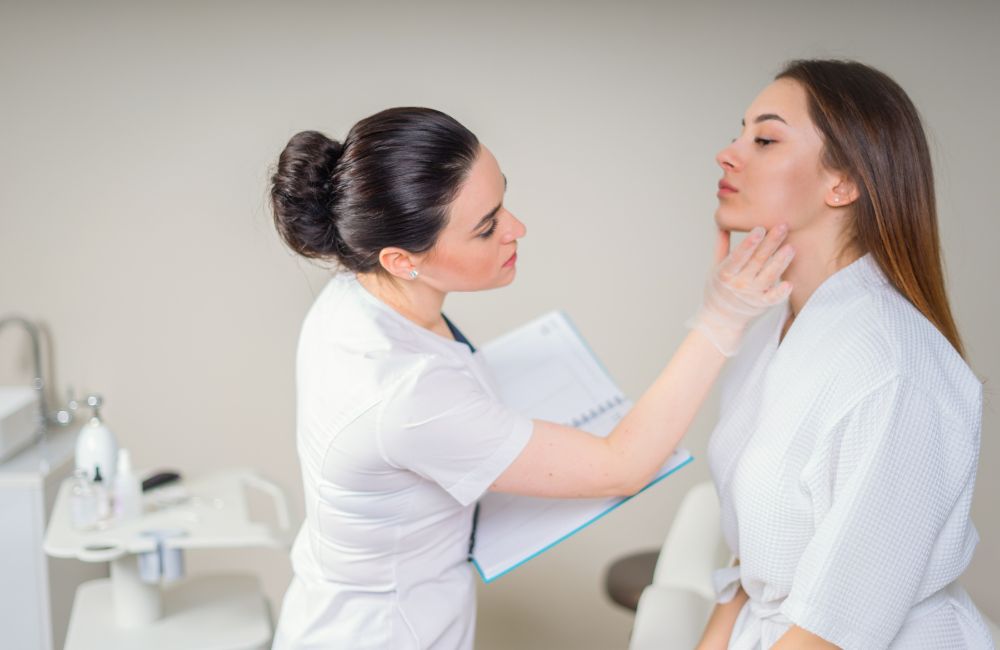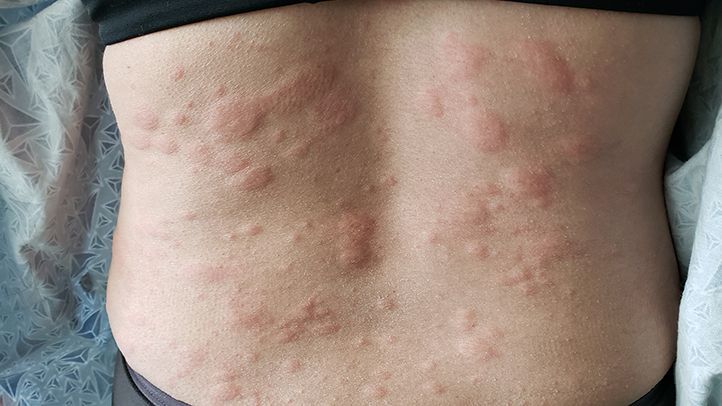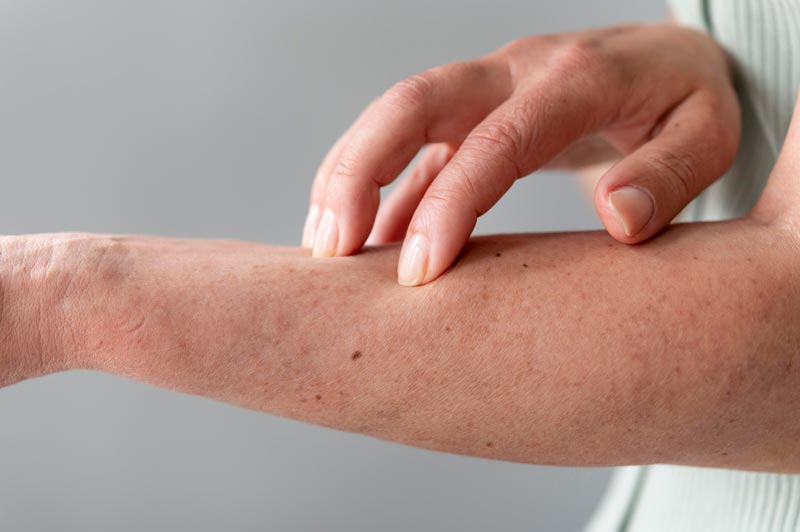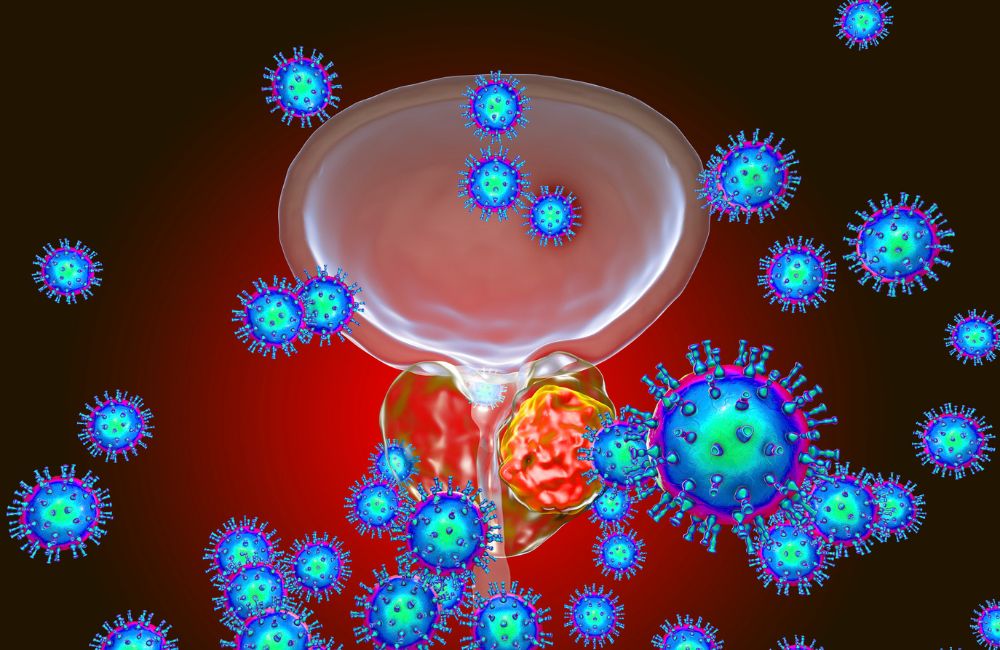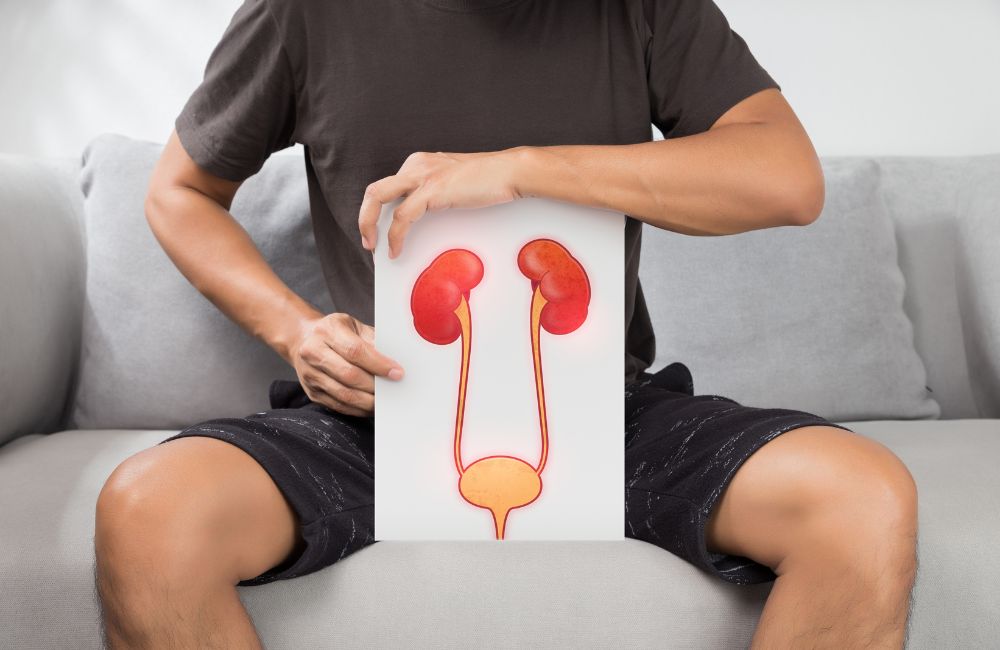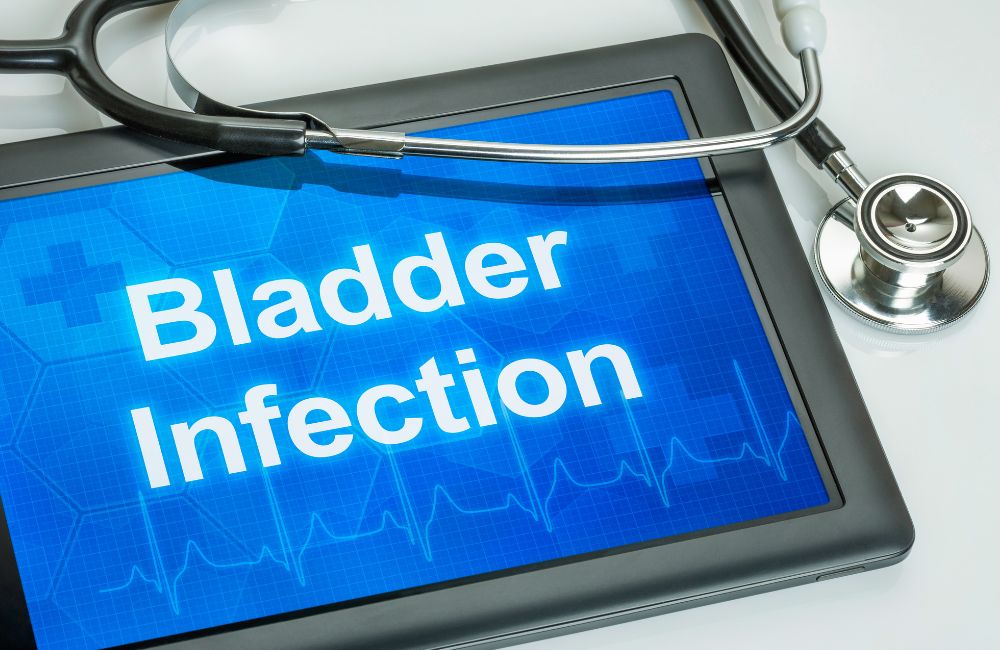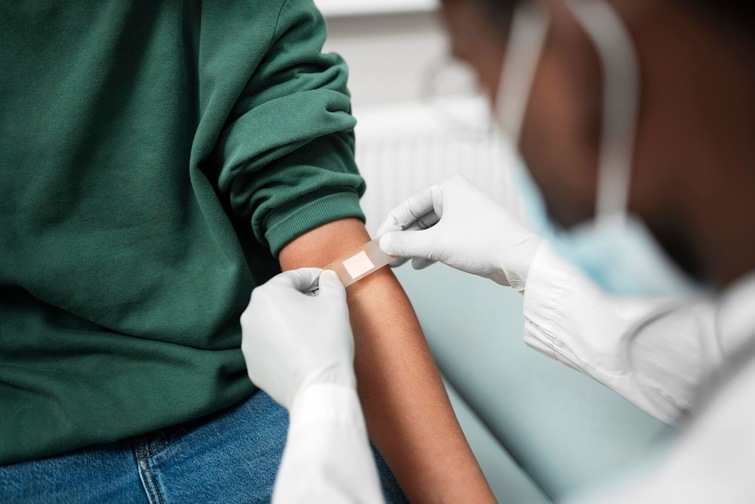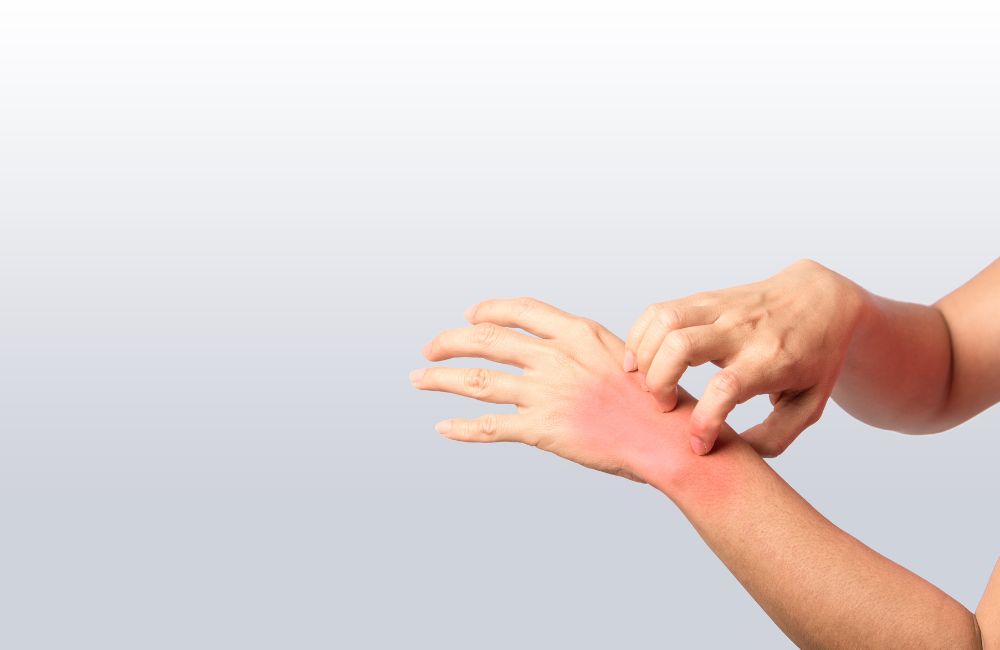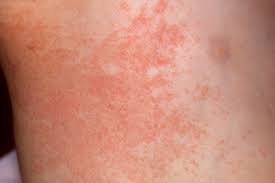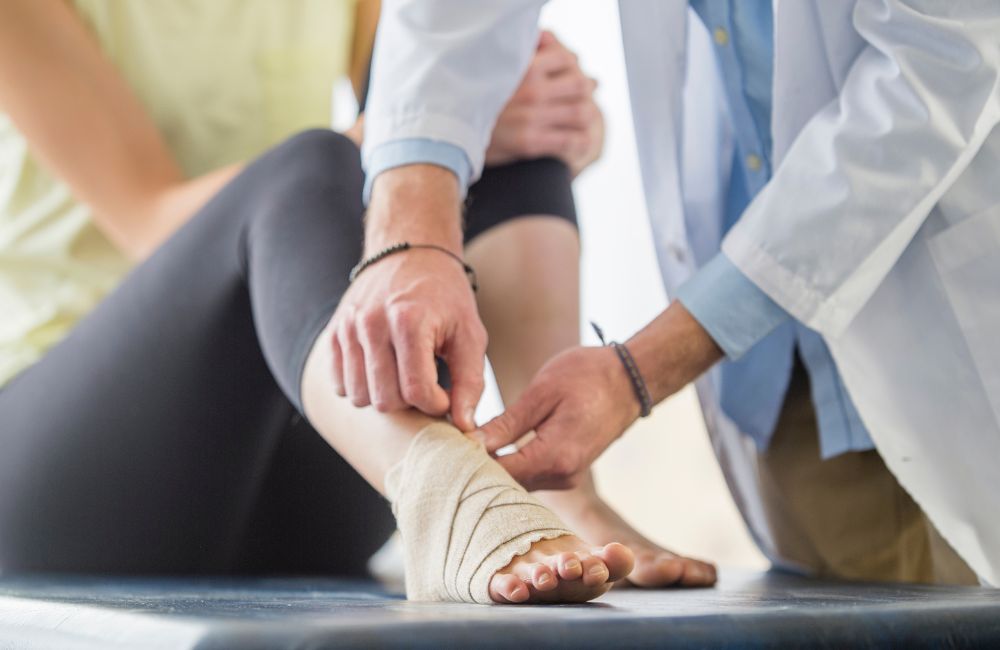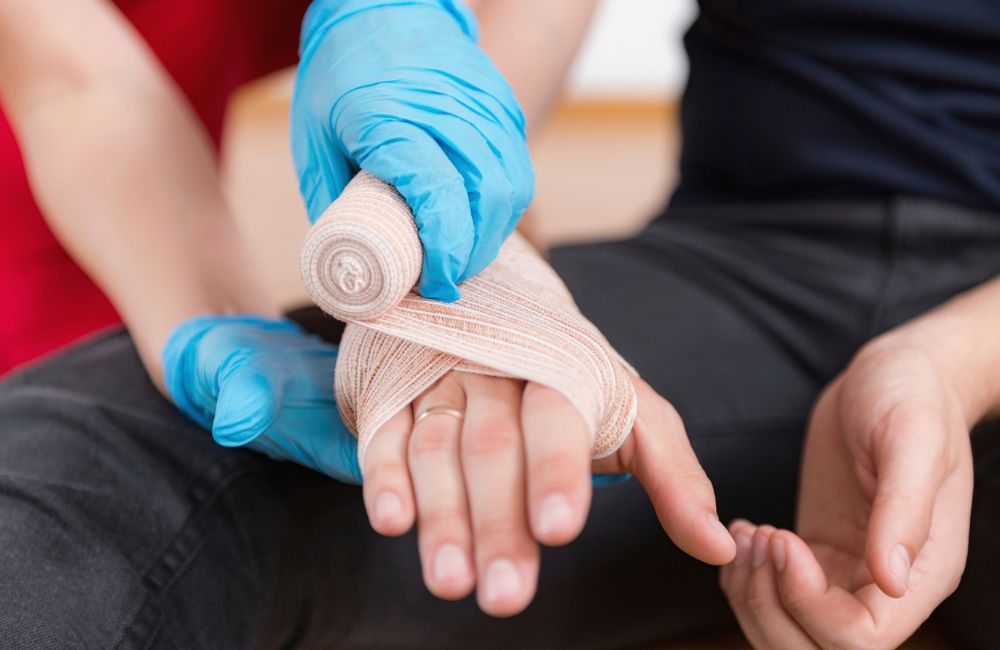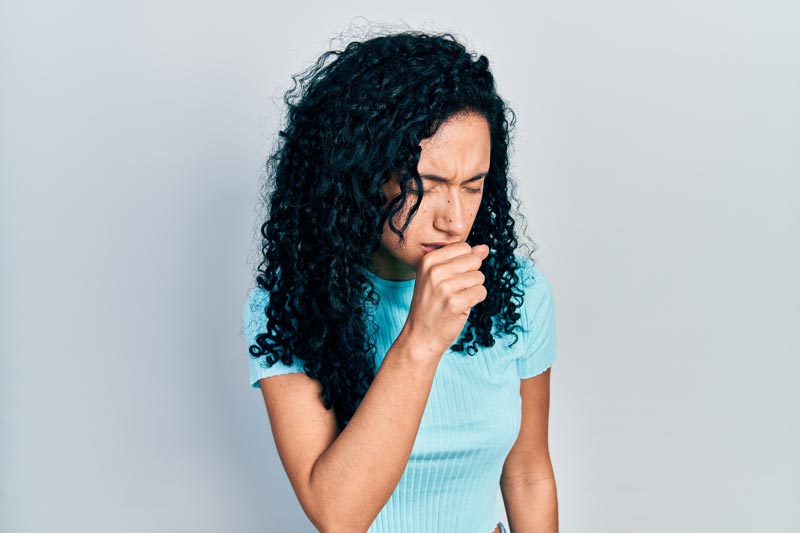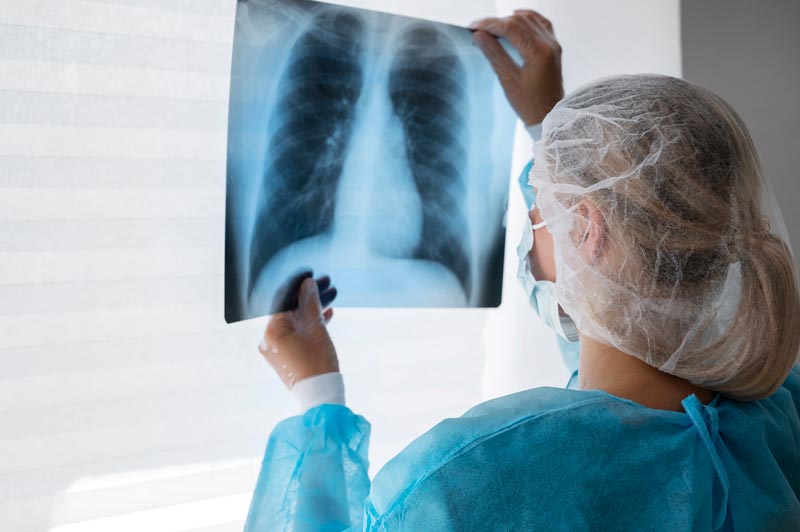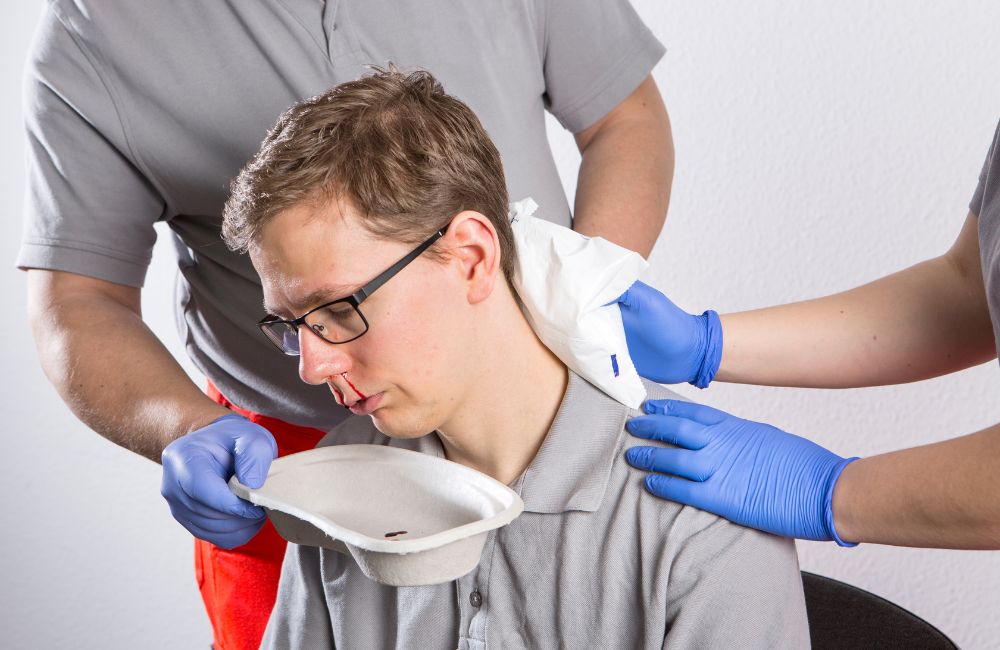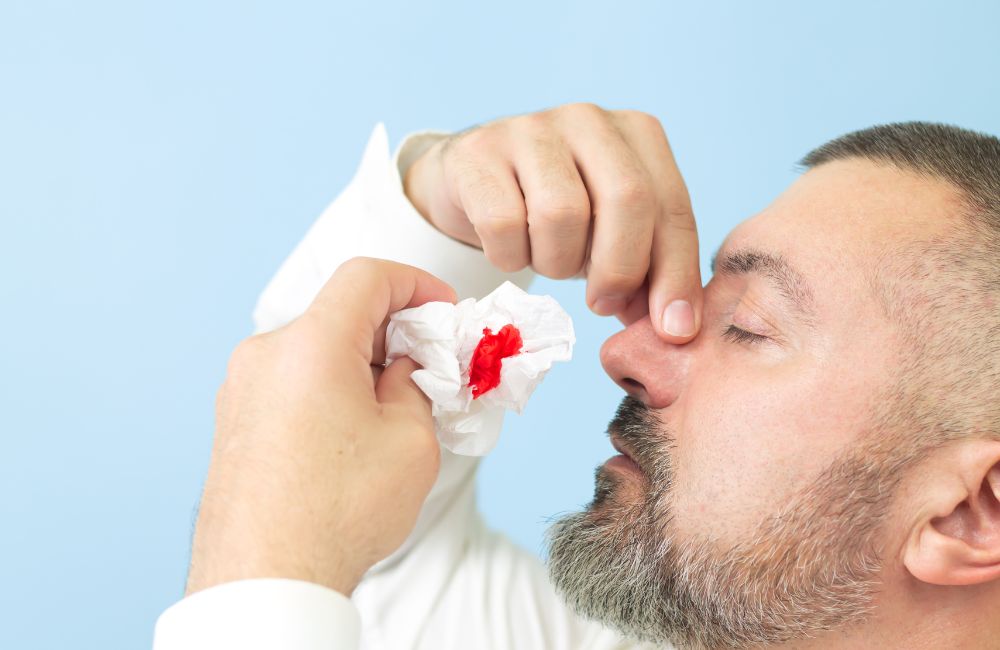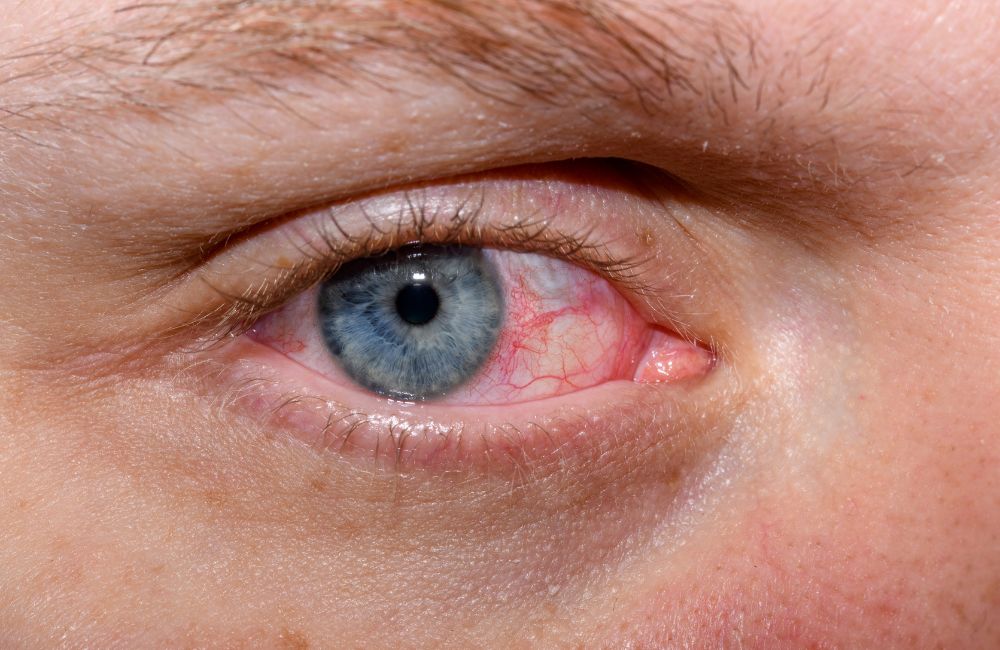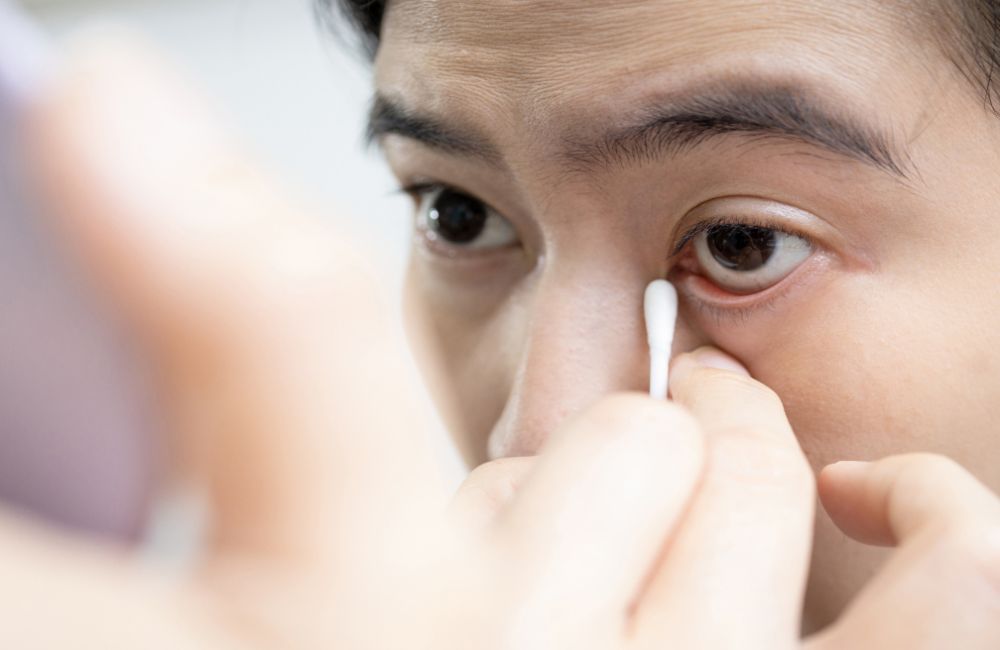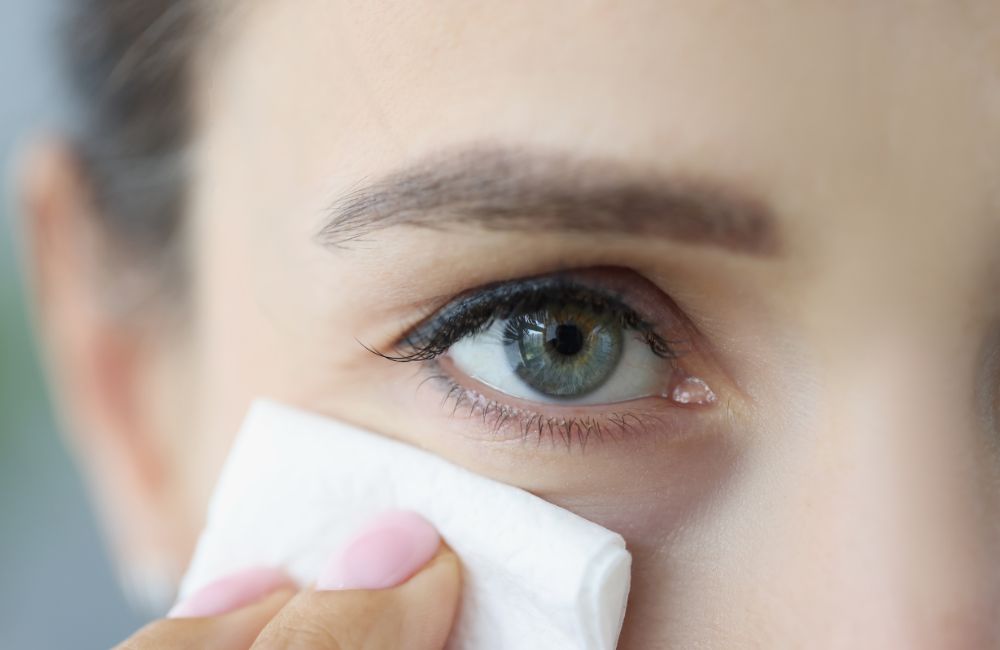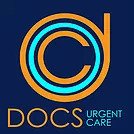
9 Home Remedies for Children’s Abdominal Pain and When to Call a Primary Care Doctor in Bridgeport, CT
Abdominal pain in children is a common issue that can cause significant distress for both the child and their parents. Understanding how to manage this pain at home with effective remedies and knowing when to seek professional medical help are crucial. We will provide detailed information on home remedies for children’s abdominal pain and the appropriate times to contact a primary care doctor in Bridgeport, CT.
Table of Contents
Key Takeaways
What is Abdominal Pain in Children
9 Home Remedies for Children’s Abdominal Pain
1. Warm Compress
2. Hydration
3. Ginger Tea
4. Peppermint
5. Chamomile Tea
6. Probiotics
7. Yogurt
8. BRAT Diet (Bananas, Rice, Applesauce, Toast)
9. Massage
When to Call a Primary Care Doctor in Bridgeport, CT
Preventative Measures
Frequently Asked Questions
Get Professional Care for Your Child’s Health at Docs Primary Care – Bridgeport!
Key Takeaways
- Common causes of abdominal pain in children include Indigestion, constipation, gas, stomach infections, food intolerances, and stress are frequent culprits.
- Key symptoms to monitor include bloating, nausea, vomiting, diarrhea, fever, and loss of appetite.
- Effective home remedies include Warm compresses, hydration, ginger tea, peppermint, chamomile tea, probiotics, yogurt, the BRAT diet, and gentle massages can help alleviate abdominal pain.
- Maintaining proper hydration with water, clear broths, and electrolyte solutions is crucial for digestive health.
- Immediate medical attention is needed for persistent pain, high fever, prolonged vomiting or diarrhea, blood in stool or vomit, severe abdominal swelling, or unexplained weight loss.
- Pain that wakes a child at night, difficulty breathing, and significant changes in bowel movements are indicators to consult a primary care doctor in Bridgeport, CT.
What is Abdominal Pain in Children
Abdominal pain can manifest in children for numerous reasons. Common causes include:
- Indigestion: Eating too much or too quickly, fatty or spicy foods, and certain beverages can lead to indigestion and abdominal pain. It’s important to monitor your child’s diet and consult a primary care doctor in Bridgeport, CT, if indigestion persists. Approximately 10% of children experience GERD or acid indigestion symptoms at least once a week.
- Constipation: Infrequent bowel movements can cause discomfort and pain. Ensuring your child has a balanced diet and sufficient hydration can help, but persistent issues should be addressed by a primary care doctor in Bridgeport, CT.
- Gas: Excess gas can lead to bloating and cramping. If your child frequently experiences gas, consider dietary changes and consult a primary care doctor in Bridgeport, CT, for further evaluation.
- Stomach Infections: Viral or bacterial infections can cause pain, often accompanied by vomiting or diarrhea. If symptoms are severe or persistent, it’s essential to contact a primary care doctor in Bridgeport, CT, for appropriate treatment.
- Food Intolerance: Lactose intolerance or gluten sensitivity can result in abdominal pain. Identifying and managing these intolerances with the help of a primary care doctor in Bridgeport, CT, can significantly improve your child’s comfort and health.
- Stress and Anxiety: Anxiety and depression impact many children, with 9.4% (about 5.8 million) aged 3-17 years diagnosed with anxiety and 4.4% (around 2.7 million) diagnosed with depression between 2016 and 2019. Emotional factors can contribute to stomach discomfort. If stress and anxiety are causing abdominal pain, consider seeking advice from a primary care doctor in Bridgeport, CT, who can recommend suitable interventions.
Symptoms to Observe
- Bloating and Gas: Notice if the child’s abdomen appears swollen or if they are passing a lot of gas.
- Nausea and Vomiting: These can be signs of an underlying issue that needs attention.
- Diarrhea: Frequent loose stools may indicate an infection or digestive problem.
- Fever: A high temperature along with abdominal pain can signal an infection.
- Loss of Appetite: Reluctance to eat can accompany stomach pain and should be monitored.
9 Home Remedies for Children’s Abdominal Pain
When your child experiences abdominal pain, several effective home remedies can provide relief and comfort before considering a visit to a primary care doctor in Bridgeport, CT.
1. Warm Compress
- How to Use: Apply a warm compress or heating pad to the child’s abdomen for 15-20 minutes. Ensure it is not too hot to avoid burns.
- Benefits: Heat can help relax the muscles of the abdomen, reducing cramping and pain. It can be particularly soothing for pain caused by gas or muscle spasms.
2. Hydration
- Importance: Proper hydration is essential for overall health and can help prevent and relieve abdominal pain.
- Recommended Fluids: Offer water, clear broths, and electrolyte solutions. These fluids help maintain hydration without irritating the stomach. Avoid sugary drinks, sodas, and caffeinated beverages as they can exacerbate symptoms.
- Hydration Tips: Encourage your child to take small, frequent sips if they are reluctant to drink large amounts at once.
3. Ginger Tea
- Preparation: Peel and slice a small piece of fresh ginger. Boil it in water for 5-10 minutes, then strain and let it cool before serving. Add a little honey if needed for taste.
- Why It Helps: Ginger has natural anti-inflammatory properties and is known for its ability to reduce nausea and improve digestion. It can be particularly effective for pain associated with gas and indigestion.
4. Peppermint
- Different Ways to Use: Peppermint can be consumed as tea or in the form of peppermint oil capsules. For younger children, peppermint tea is preferable.
- Soothing Effects: Peppermint helps relax the gastrointestinal tract muscles and can relieve gas, bloating, and cramps. It acts as a natural antispasmodic agent.
- Preparation: Steep peppermint leaves in hot water for 5-10 minutes, strain, and serve warm.
5. Chamomile Tea
- Preparation and Dosage: Steep chamomile flowers in hot water for 5-10 minutes, then strain. Offer small amounts to the child, ensuring it is not too hot.
- Calming Properties: Chamomile has gentle sedative properties that can help relax the digestive muscles and reduce spasms and discomfort. It is also beneficial for calming anxiety, which can sometimes cause or exacerbate abdominal pain.
6. Probiotics
- Sources: Probiotics are found in supplements and foods like yogurt, kefir, sauerkraut, and kimchi.
- How They Aid Digestion: Probiotics help maintain a healthy balance of gut bacteria, which can improve digestion and reduce symptoms like bloating and pain. They are particularly useful after a course of antibiotics or during digestive disturbances.
- Types of Probiotics: Look for strains like Lactobacillus and Bifidobacterium, which are well-studied for their digestive benefits.
7. Yogurt
- Benefits of Yogurt: Rich in probiotics, yogurt can help soothe the digestive system and alleviate pain caused by gastrointestinal issues. It can restore the balance of healthy bacteria in the gut.
- Serving Suggestions: Choose plain yogurt without added sugars and artificial flavors. You can add fresh fruit or a small amount of honey for taste.
- Frequency: Including yogurt in the daily diet can help maintain a healthy digestive system.
8. BRAT Diet (Bananas, Rice, Applesauce, Toast)
- Explanation and Benefits: The BRAT diet is bland and easy to digest, making it ideal for children with stomach issues. These foods are low in fiber, which helps firm up stools and reduce irritation in the digestive tract.
- When to Use This Diet: It is particularly useful during episodes of diarrhea or vomiting, as it can help solidify stools and provide gentle nutrition without irritating the stomach further.
- Additional Tips: Gradually reintroduce regular foods as the child starts to feel better.
9. Massage
- Techniques for Massaging a Child’s Abdomen: Gently massage the child’s stomach in a clockwise motion to help relieve gas and improve digestion. Use light pressure and be mindful of the child’s comfort.
- Expected Outcomes: Regular gentle massages can help reduce pain and discomfort by promoting the movement of gas and stimulating bowel movements.
- Techniques for Massaging a Child’s Abdomen: Gently massage the child’s stomach in a clockwise motion to help relieve gas and improve digestion. Use light pressure and be mindful of the child’s comfort.

When to Call a Primary Care Doctor in Bridgeport, CT
While home remedies can be effective, there are times when it’s crucial to seek medical attention. Knowing when to call a primary care doctor in Bridgeport, CT, can ensure your child receives the appropriate care.
- Persistent or Severe Pain: If the pain does not improve with home remedies or is severe, it’s important to consult a primary care doctor in Bridgeport, CT. Persistent pain can indicate a more serious underlying condition that needs professional evaluation.
- High Fever: A fever above 100.4°F (38°C) accompanying abdominal pain can indicate an infection that needs medical evaluation. High fever along with abdominal pain can be a sign of conditions like appendicitis or other infections that require prompt medical attention from a primary care doctor in Bridgeport, CT.
- Vomiting or Diarrhea Lasting More Than 24 Hours: Prolonged vomiting or diarrhea can lead to dehydration and may require medical intervention. It is important to monitor fluid intake and output and seek medical advice from a primary care doctor in Bridgeport, CT, if symptoms persist.
- Blood in Stool or Vomit: The presence of blood is a serious symptom that necessitates immediate consultation with a primary care doctor in Bridgeport, CT. Blood in the stool or vomit can indicate a significant gastrointestinal issue that requires prompt diagnosis and treatment by a primary care doctor in Bridgeport, CT.
- Child is Very Young (Under 2 Years Old): Infants and very young children should be assessed by a healthcare professional if they experience abdominal pain. Young children are more vulnerable and may not be able to communicate their symptoms effectively, making it essential to contact a primary care doctor in Bridgeport, CT.
- Severe Abdominal Swelling: If your child’s abdomen appears significantly swollen or distended, this could be a sign of a serious condition, and you should call a primary care doctor in Bridgeport, CT, immediately.
- Pain That Wakes the Child at Night: Abdominal pain that wakes your child from sleep can be an indicator of a more serious issue that needs evaluation by a primary care doctor in Bridgeport, CT.
- Unexplained Weight Loss: If your child is losing weight without a clear reason, this could be a sign of an underlying health problem, and you should consult a primary care doctor in Bridgeport, CT.
- Persistent or Recurrent Pain: If your child experiences frequent episodes of abdominal pain, even if they are mild, it is important to seek advice from a primary care doctor in Bridgeport, CT. Recurrent pain can indicate a chronic condition that requires management.
- Difficulty Breathing: If abdominal pain is accompanied by difficulty breathing, this is a medical emergency. Contact a primary care doctor in Bridgeport, CT, or seek immediate emergency care.
- Changes in Bowel Movements: If your child has significant changes in bowel movements, such as severe constipation or diarrhea that does not resolve, it is important to consult a primary care doctor in Bridgeport, CT.

Preventative Measures
Preventing abdominal pain can save your child from discomfort and reduce the need for medical interventions. Here are some tips to help prevent future occurrences of abdominal pain:
Balanced Diet
Ensure your child eats a well-balanced diet rich in fruits, vegetables, whole grains, and lean proteins. Avoid processed foods and excessive sugary snacks. Adequate fiber intake is essential for preventing constipation, a common cause of abdominal pain. Encourage your child to eat smaller, more frequent meals to prevent overeating and indigestion.
Regular Hydration
Encourage your child to drink plenty of water throughout the day. Proper hydration is key to maintaining digestive health. Make water readily available and encourage regular drinking, especially during and after physical activities.
Adequate Physical Activity
Regular exercise can help keep the digestive system functioning properly. Encourage your child to engage in physical activities they enjoy. Activities like walking, biking, swimming, and playing sports can promote healthy digestion and overall well-being.
Stress Management
Stress can contribute to abdominal pain. Teach your child relaxation techniques such as deep breathing, meditation, or engaging in hobbies they enjoy. Provide a supportive environment where your child feels comfortable expressing their feelings and concerns.
Frequently Asked Questions
How to lay down to relieve stomach pain?
Lying on your back with a pillow under your knees or on your left side with your knees bent can help relieve stomach pain by reducing pressure on the abdomen. This position can also improve digestion and reduce discomfort. Additionally, practicing deep breathing while in these positions can further alleviate pain.
Does a heating pad help with stomach pain?
Yes, a heating pad can help relax the abdominal muscles and alleviate cramps and pain. Use it for 15-20 minutes, ensuring it’s not too hot to avoid burns. Applying heat can also increase blood flow to the area, promoting healing. It’s a simple and effective way to provide quick relief at home.
How do you push gas out fast?
To expel gas quickly, try walking, massaging your abdomen in a clockwise direction, or doing gentle exercises like knee-to-chest stretches to help move gas through the digestive tract. Drinking warm water or herbal teas can also help. Avoiding gas-producing foods and practicing these techniques regularly can prevent gas build-up.
How do I get unbloated ASAP?
To relieve bloating quickly, drink water, avoid carbonated drinks, eat slowly, and try over-the-counter remedies like simethicone. Gentle exercises and a warm compress can also help. Reducing salt intake and avoiding high-fiber foods temporarily can further decrease bloating. Keeping a food diary can help identify and avoid bloating triggers in the future.
Does drinking hot water relieve gas?
Yes, drinking hot water can help relieve gas by relaxing the digestive system and aiding in the movement of gas through the intestines. Warm water can also help break down food more efficiently. Incorporating warm water into your daily routine can improve overall digestive health.

Get Professional Care for Your Child’s Health at Docs Primary Care – Bridgeport!
If your child is experiencing persistent or severe abdominal pain, seeking professional medical advice is important. Our experienced team at Docs Primary Care – Bridgeport can provide your child with comprehensive and compassionate care. Ensure your child’s well-being by scheduling an appointment with Docs Primary Care – Bridgeport today.
Don’t wait—get the expert help your child needs to stay healthy and happy. Visit us today!

Recent Posts
- Top 6 Home Remedies for Tick Bites and When to Seek Urgent Care in Norwalk, CT
- 4 Best Sleeping Positions for Sinusitis Relief: Insights from Urgent Care in Stamford, CT
- 10 Tips for Managing Nausea During Pregnancy: Advice from a Primary Care Doctor in West Hartford, CT
- 6 Essential Steps to Take After a Scorpion Sting – Advice from a Primary Care Doctor in Bridgeport, CT
- 10 Warning Signs That Your Child’s Vertigo Requires Medical Attention from a Primary Care Doctor in Danbury, CT
Categories












